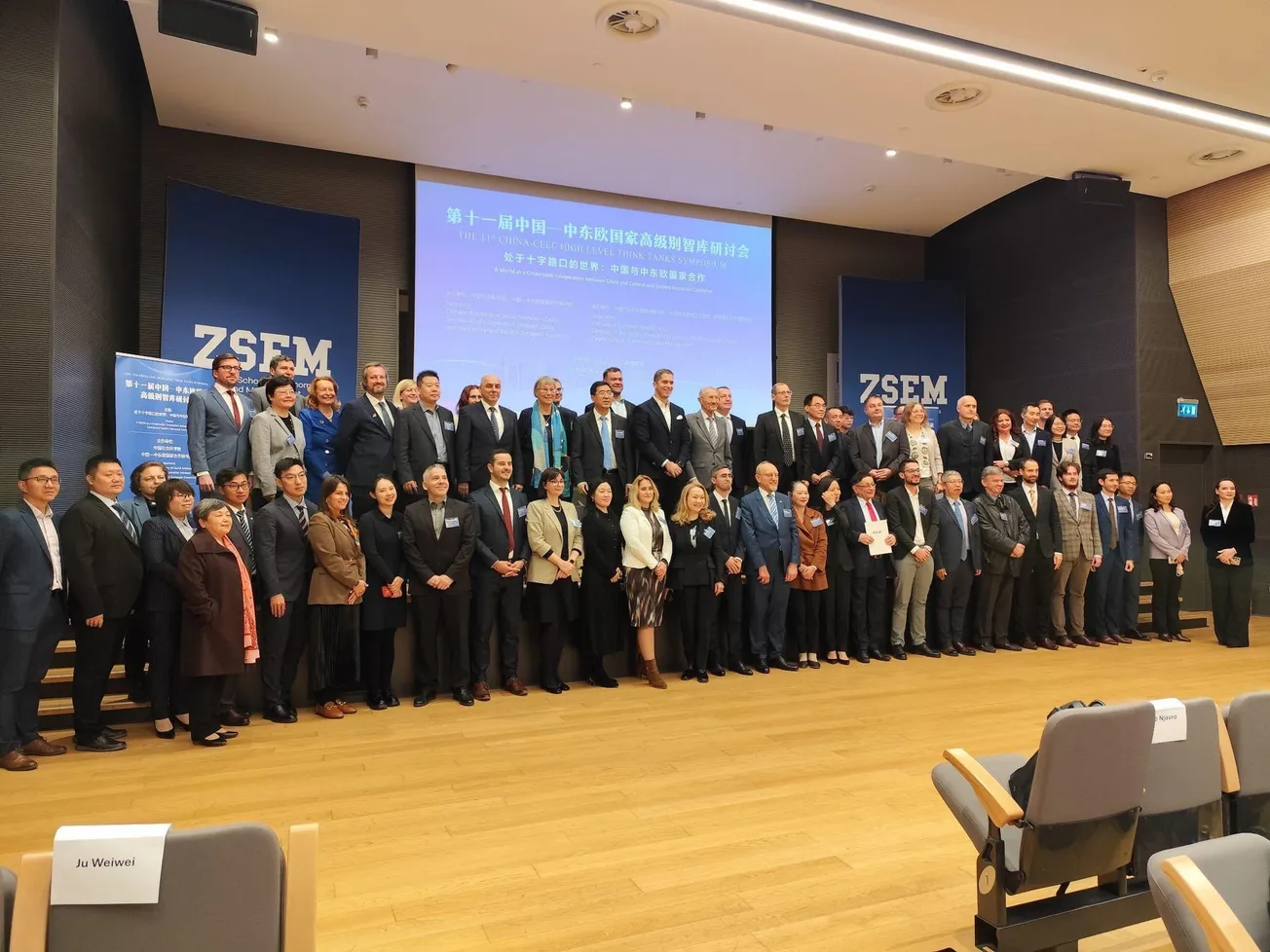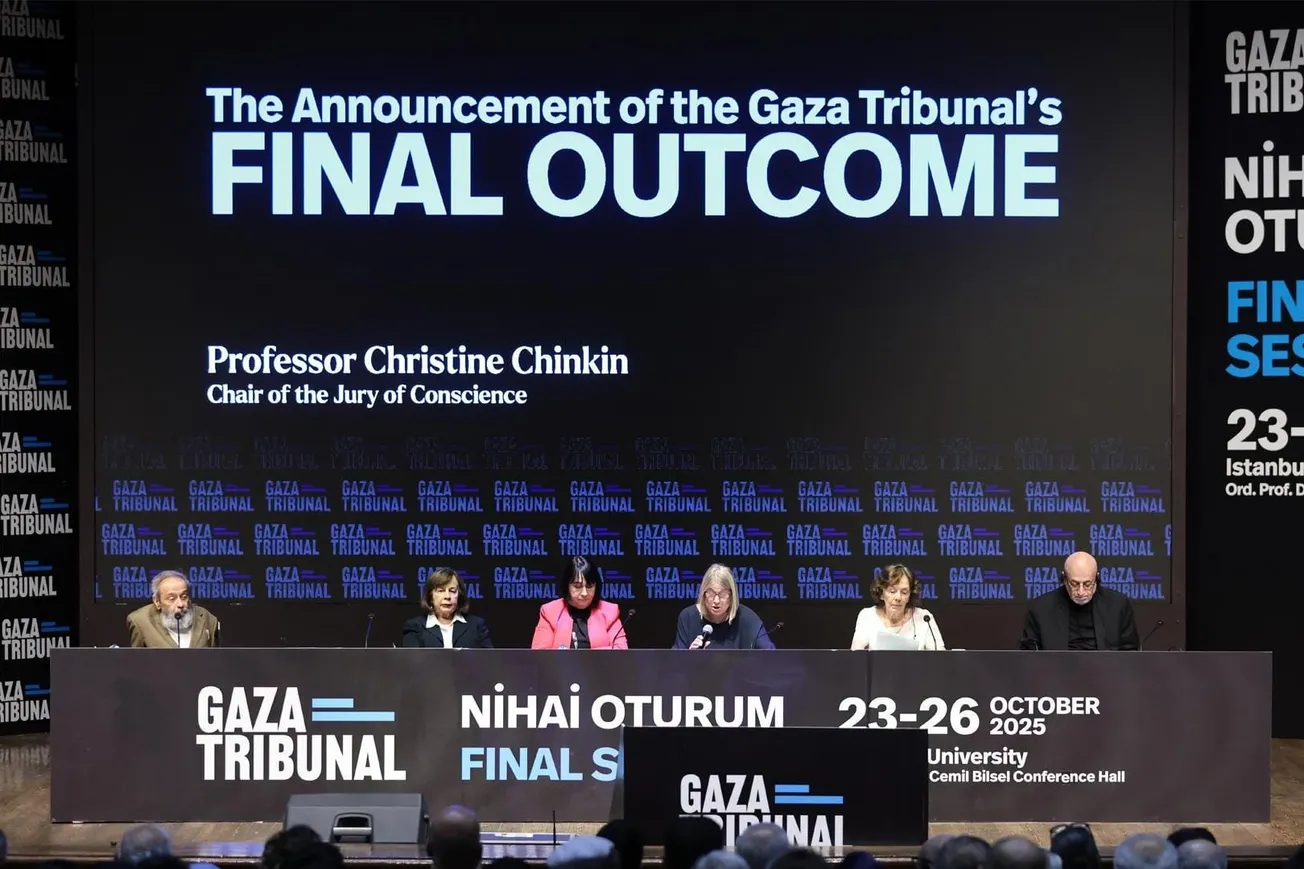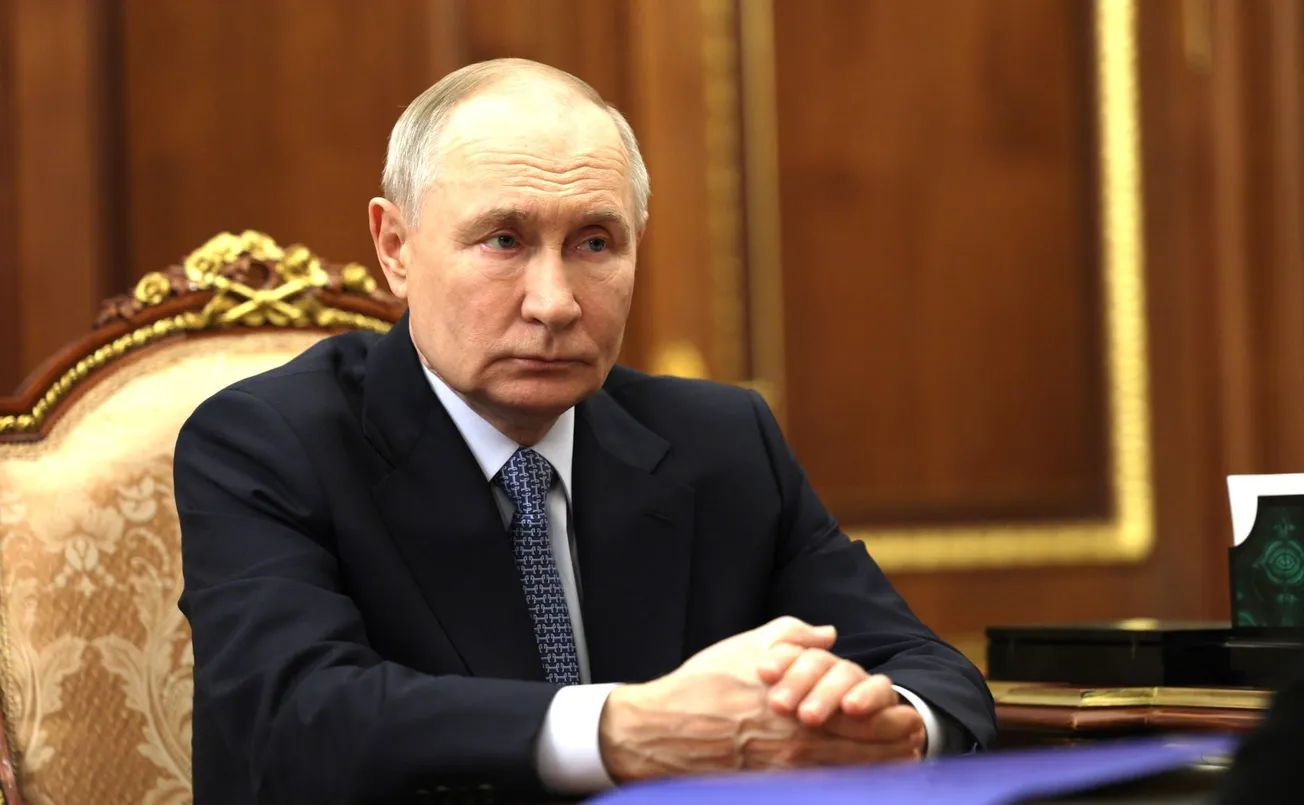Largely unknown in the West, the “Five Principles of Peaceful Coexistence” are a central part of the Asian-African identity. On June 28, an international anniversary conference was held in Beijing to celebrate the 70th anniversary of these principles. Similar to the Charter of the United Nations, they emphasize sovereignty, territorial integrity, non-interference in internal affairs, renunciation of aggression, and equality in international relations as the basis for any peaceful coexistence. Emerging from the anti-colonialist movements, they were first codified by China and India and later by the entire Non-Aligned Movement and beyond. They are more relevant today than ever and are echoed by the BRICS, the Shanghai Cooperation Organization, and the entire Global South.
There was not a single line in the Western media about the celebrations in Beijing, despite their being held in the Great Hall of the People in the presence of numerous international delegations. In his speech, Chinese President Xi Jinping pointed out that national independence movements had developed worldwide after the Second World War, and that the colonial system collapsed as a result. He recalled that in 1955, 29 Asian and African states met in Bandung, Indonesia, for a historic conference at which the Five Principles formed the basis for the final declaration. The principles were also declared a guideline in the movement of non-aligned states that formed in the early 1960s. The United Nations General Assembly also adopted a declaration on the establishment of a new world economic order in 1970, which itself focused on the Five Principles.
To understand this, a retrospective view of history is certainly necessary. Almost two years after the surrender of Japan in the Second World War, the Asian Relations Conference took place in the Indian capital, Delhi, in early April 1947. The main topics discussed there were development and equality issues that were particularly pressing for the Asian countries. More than 190 delegates and 50 observers from various countries in South and Central Asia, as well as from England, Australia, the U.S.A., and the United Nations, took part in the event before thousands of spectators. Indian journalists spoke of a milestone in the history of Asia. Western observers, however, criticized the conference as being too anti-Western. What inspired most participants was that India had recently had its own provisional government, which was to lead the huge country to independence after a long struggle against British colonial rule. Mahatma Gandhi and Jawaharlal Nehru were the most important leaders in this process.








